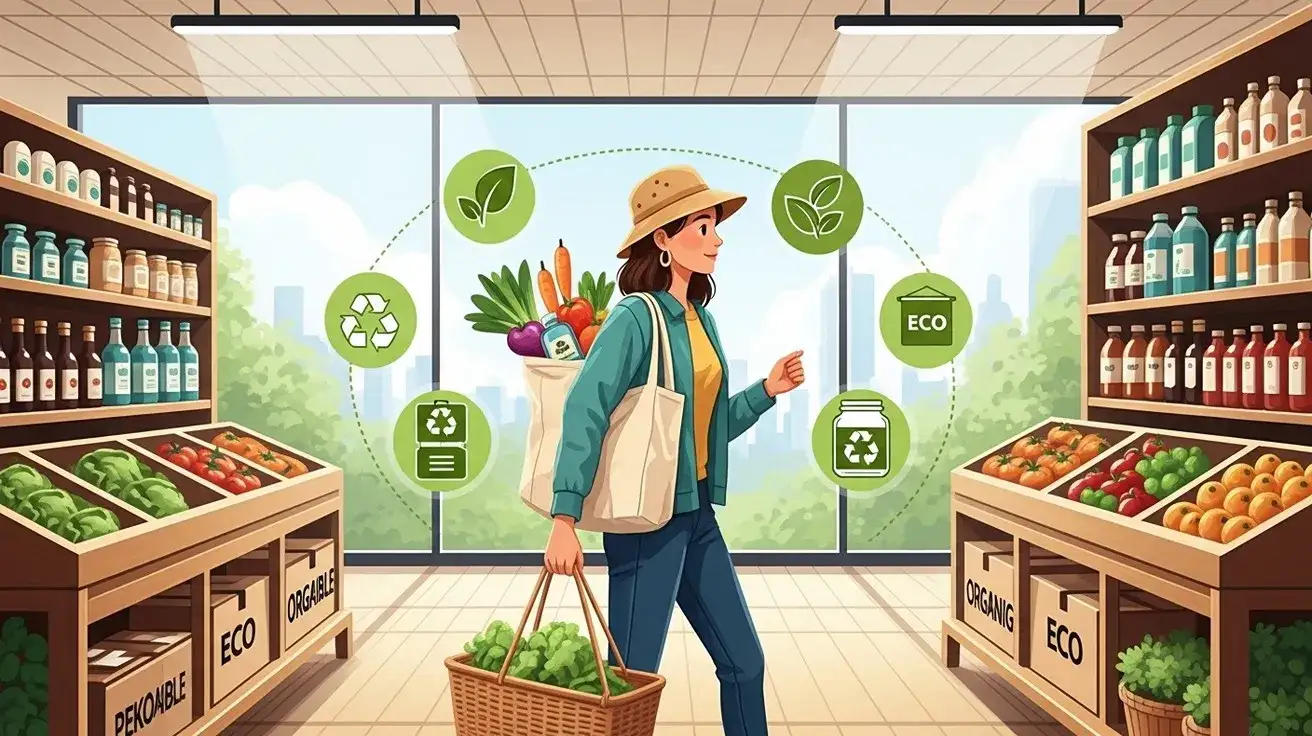
In the past, shopping was mostly about price and
convenience. But today, things are changing. More and more consumers are asking
not only “How much does it cost?” but also “How was it made?” and
“Is it good for the planet?” This shift has led to a major rise in
sustainable shopping, where eco-friendly products are no longer niche but
quickly becoming mainstream.
In this blog, we’ll explore why eco-friendly products are
taking over, how consumer values are changing, and why sustainable shopping
trends are here to stay.
Modern shoppers are more aware than ever of the
environmental impact of their choices. Climate change, plastic pollution, and
waste problems have pushed people to think carefully about what they buy. A
growing number of consumers want products that align with their values — ones
that are safe for both their families and the planet.
This shift isn’t just among younger people. Across all age
groups, shoppers are now more likely to choose brands that care about
sustainability.
Eco-friendly products often avoid harmful chemicals and prioritise
natural materials. Whether it’s organic food, biodegradable packaging, or
toxin-free cleaning supplies, people feel safer using products that are better
for their health.
Many eco-friendly items may cost more upfront, but they last
longer. Reusable bottles, cloth shopping bags, and energy-efficient appliances
save money over time, making them a smart investment.
Consumers today demand honesty. Brands that share how their
products are made, sourced, and packaged gain more trust. Eco-friendly
companies often highlight their efforts openly, making customers feel more
confident in supporting them.
Just as influencer marketing shapes buying habits, so does
social awareness. People feel proud to support eco-friendly products, and
sharing these choices on social media encourages others to do the same.
Retailers have noticed the growing demand for
sustainability, and many are adapting quickly. Popular clothing brands now
offer recycled collections, supermarkets provide reusable packaging options,
and tech companies are focusing on energy-saving devices.
This isn’t just about following a trend — it’s about staying
relevant. Brands that ignore sustainability risk losing customers to
competitors who are more eco-conscious.
While the movement is growing, eco-friendly shopping still
faces challenges. Higher prices and limited availability can make it harder for
everyone to participate. Some companies also use greenwashing —
pretending to be eco-friendly without making real changes.
For this reason, shoppers need to research and make informed
decisions about which brands truly support sustainability.
Looking ahead, eco-friendly products will continue to grow
in popularity. Governments are introducing stricter environmental rules, and
consumers are demanding better practices. From packaging to product design,
sustainability is becoming a standard expectation rather than a bonus.
Shoppers in 2025 and beyond are likely to see even more
eco-friendly innovations, making it easier to balance affordability, quality,
and responsibility.
Sustainable shopping is no longer just a passing trend —
it’s a lifestyle change that’s reshaping the way we buy. Eco-friendly products
are taking over because people care more about their health, the planet, and
long-term value. Brands that embrace sustainability will continue to thrive,
while those that don’t may be left behind.
If you want to stay updated on the latest shopping trends
and discover smarter, eco-friendly choices, visit trandyreviews.com
and explore more insightful blogs.